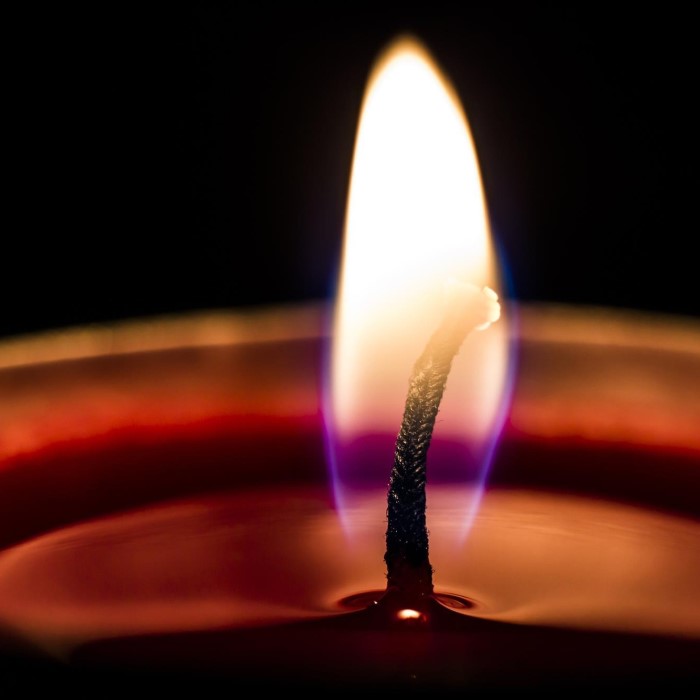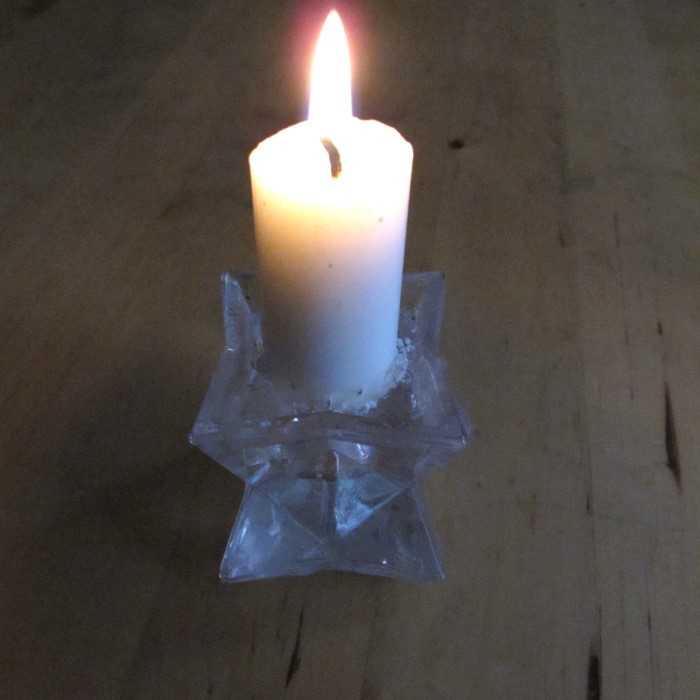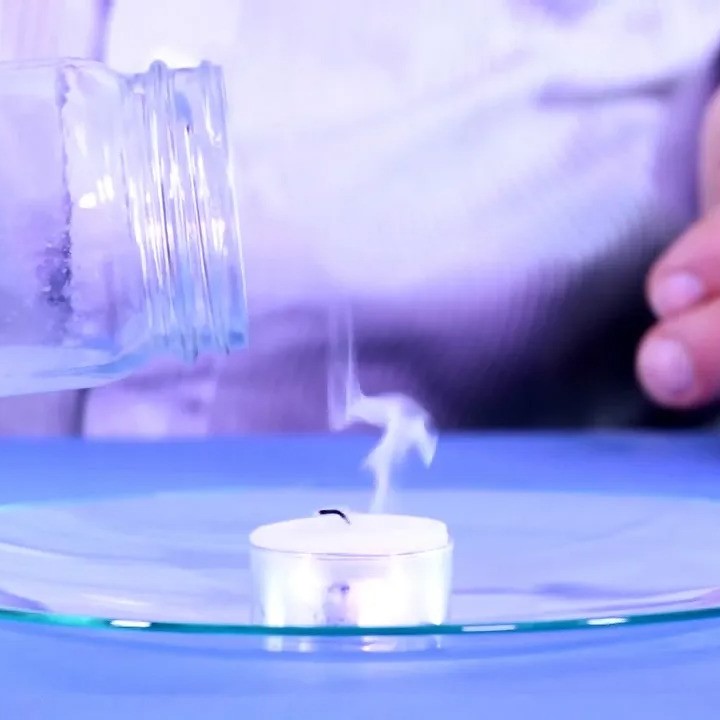Introduction: The Science Behind Candle Burning
In the realm of chemistry, many intriguing processes take place, one of which is the act of burning a candle. A common question arises in educational settings: is burning a candle a chemical change? The answer involves an exploration of basic chemistry principles, providing insight into how we understand physical and chemical changes. Understanding this concept not only informs our knowledge of chemistry but also shapes how educators approach teaching these topics. As we move into 2025, this knowledge becomes increasingly relevant in educational contexts, where students engage with scientific concepts in practical and relatable ways.

What is a Chemical Change?
Defining Chemical Change
To comprehend whether burning a candle is a chemical change, we must first define what chemical change is. A chemical change occurs when substances interact to form new substances with different properties. This may involve bond breaking and forming during chemical reactions. For example, when iron rusts, it forms iron oxide, completely distinct from iron itself.
Chemical changes are often characterized by the following indicators:
- Color Changes: A noticeable shift in color may indicate a new substance is formed.
- Gas Production: Bubbles or gas release suggests a chemical reaction is occurring.
- Temperature Change: Energy is typically absorbed or released during chemical changes, resulting in temperature fluctuations.
- Formation of Precipitate: A solid may form when two liquids react chemically.
Burning a candle falls within this framework. It’s essential to understand these elements as we analyze the process involved in burning a candle.
The Burning Process: What Happens When a Candle Burns?
The Combustion Reaction
When you ignite a candle, a combustion reaction occurs. This combustion reaction involves the wax (typically made from hydrocarbons) and oxygen in the air. The wax reacts with oxygen, producing carbon dioxide, water vapor, and heat. This process can be summarized as follows:
- Combustion Initiation: Lighting the wick heats the wax, which melts and rises up the wick by capillary action.
- Vaporization and Reaction: The melted wax vaporizes and reacts with oxygen in the air when it reaches a sufficient temperature. This begins the combustion process.
- Product Formation: During combustion, the carbon in the wax reacts with oxygen to produce carbon dioxide and potentially some soot (carbon particles). Water vapor is also released into the air, contributing to the candle’s scent when scented oils are present.

These reactions can be expressed with a simple chemical equation:
CnH2n+2+O2→CO2+H2O+energy
Thus, burning a candle clearly demonstrates the principles of a chemical change due to the production of new substances.
Exploring the Evidence: Is Burning a Candle a Chemical Change?
Indicators of Chemical Change
To further confirm that burning a candle qualifies as a chemical change, we can examine the indicators mentioned earlier:
- Color Change: Flames may change color based on the type of wax and the presence of additives.
- Gas and Soot Release: Effervescent gases are emitted, indicating new substances are being created.
- Heat: The process generates heat, providing energy that maintains the combustion.
- New Substances: Carbon dioxide and water vapor are produced, affirming that new chemical compounds are formed as the wax burns.
These factors collectively support the notion that burning a candle involves a chemical change, characterized by the reaction of wax with oxygen and the formation of new substances.
Why is Burning Considered a Chemical Change?
Differences from Physical Changes
A significant point of confusion can arise when comparing chemical and physical changes. Burning a candle is a chemical change, while the melting of wax (before burning) is a physical change. This distinction hinges on understanding how each process alters substances.
- Physical Change: Physical changes, such as melting, freezing, or dissolving, involve changes in state or appearance but do not generate new substances. For instance, when solid wax melts, it simply changes from a solid to a liquid form without altering its chemical composition.
- Chemical Change: In contrast, burning alters the chemical structure of the wax. As the hydrocarbon chains in the wax react with oxygen, they transform into new products, highlighting the distinct nature of a chemical change.
This difference is critical in understanding why combustion is grouped with other chemical transformations.
Educational Trends in 2025: Teaching Chemistry Concepts
Shifting Approaches in Science Education
As we explore the question, “Is burning a candle a chemical change?” we also examine how this topic is integrated into modern education. In 2025, educators are increasingly adopting innovative methods to engage students in scientific learning. Some notable trends include:
- Hands-On Experiments: Practical experiments help students see chemical reactions in real-time. Teachers often use candle experiments to visibly demonstrate combustion and its byproducts.
- Interdisciplinary Learning: Integrating chemistry with subjects like environmental science and physics enriches the learning experience. For instance, discussing combustion leads to conversations on combustion engines and environmental effects.
- Emphasis on Safety: Safety practices during chemistry experiments have become a top priority. Students learn about handling chemicals and managing potential hazards while performing simple experiments.
- Technology-Enhanced Learning: Virtual labs and simulations enable students to experience experiments they might not conduct in person. Online resources provide interactive learning experiences that enhance their understanding of chemical processes.
- Critical Thinking Skills: Encouraging students to ask and investigate scientific questions fosters critical thinking. Prompting them to explain why burning is a chemical change helps solidify their understanding of chemical principles.
Frequently Asked Questions
Is burning a candle a chemical or physical change?
Burning a candle is a chemical change because it involves the combustion of wax, producing new substances (carbon dioxide and water vapor) and releasing heat.
Is burning a candle an example of a chemical reaction?
Yes, burning a candle involves a combustion reaction, which is a type of chemical reaction. It transforms wax and oxygen into new products.
Why is burning considered a chemical change?
Burning is a chemical change because it alters the chemical structure of the wax, forming new substances while releasing energy in the form of light and heat.
How can we say that burning of a candle is a chemical change but the glowing of a bulb is a physical change?
The burning of a candle is a chemical change due to the production of new substances (carbon dioxide and water) from the wax. In contrast, the glowing of a bulb refers to electrons moving through a filament, producing light without changing the materials involved.
The Importance of Understanding Candle Chemistry
Real-World Applications
Understanding how the act of burning a candle embodies a chemical change is crucial not just for educational purposes but also for real-world applications. For example, knowledge of combustion processes extends to various fields, including engineering, environmental science, and energy production. Recognizing how chemicals interact in everyday activities can spark curiosity in students leading to advanced studies in chemistry, helping to prepare future scientists, engineers, and informed decision-makers.
Candle chemistry also has practical implications for consumer safety and environmental responsibility. For instance, consumers may seek candles made from environmentally friendly materials such as soy wax or beeswax due to their lower emissions compared to paraffin wax. Understanding the differences among these materials can drive conscious consumer behavior, promoting health-conscious choices in everyday products.
How Candle Burning Affects Indoor Air Quality
Furthermore, the burning of candles can impact indoor air quality. When burning paraffin candles, which are derived from petroleum, VOCs (volatile organic compounds) may be released into the air. These compounds can negatively affect air quality and overall health. Understanding these ramifications can help consumers make informed choices about candle products while influencing manufacturers to produce cleaner-burning candles.
Conclusion: Understanding Chemical Changes through Candle Burning
In conclusion, the inquiry into is burning a candle a chemical change brings us to a deeper understanding of chemical processes and their relevance in education. The act of burning a candle embodies a classic example of a chemical change, showcasing reactions involving combustion and the formation of new substances.
As trends in education evolve, the importance of engaging students with hands-on experimentation, interdisciplinary study, and modern technology becomes increasingly clear. By emphasizing the chemistry involved in everyday activities, like burning a candle, educators can foster a more profound appreciation for the science that surrounds us. Embracing these principles will not only enhance student learning but cultivate a lifelong interest in the wonders of chemistry. Through this approach, we illuminate the path for future generations of scientists and informed citizens.
Ultimately, by understanding the fundamental concepts of chemical change and encouraging safe, responsible exploration of chemical principles, we can inspire a new generation to appreciate the marvels of science in their everyday lives. The simple act of burning a candle may seem mundane, but it serves as an excellent example to educate future learners about the intricacies of chemical reactions and their significance in the world around us.







